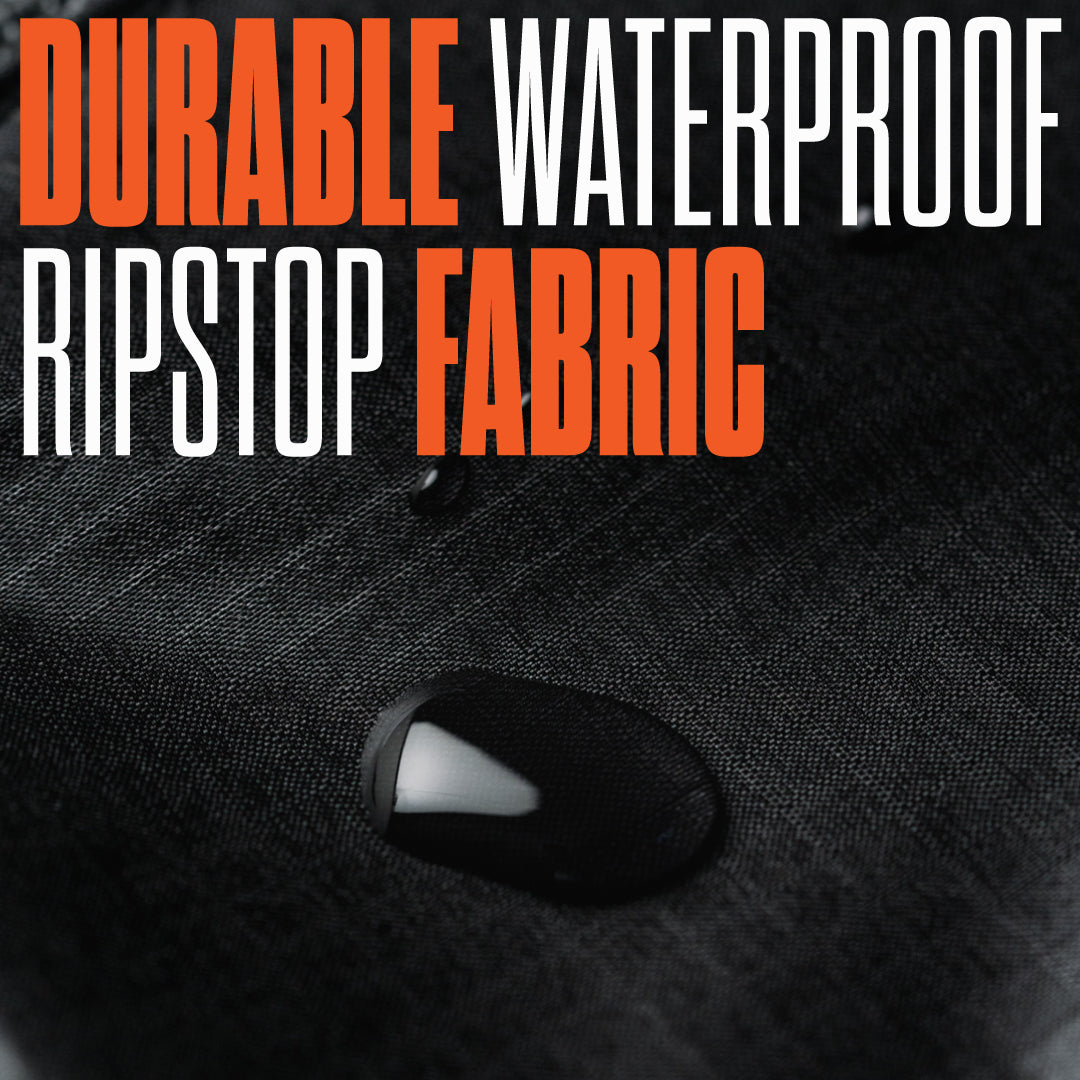When you’re out and about, whether camping, hiking, or even just commuting, keeping your gear dry is crucial. A utility pouch that offers waterproofing can be a lifesaver. In this blog, we’ll dive into the essentials of waterproofing your gear with the right utility pouches and give you tips for choosing the perfect one.
Understanding Waterproof Materials
The foundation of a good utility pouch lies in the materials used. Understanding the difference between water-resistant and waterproof materials is key. Look for pouches made from tarpaulin, coated nylon, or polyester with sealed seams to ensure maximum protection.

Tarpaulin is one of the most reliable materials when it comes to waterproofing. It’s a type of heavy-duty plastic that’s used in everything from camping tents to truck tarps, making it perfect for more robust utility pouches. The addition of sealed seams in your pouch can significantly amplify its waterproof properties by preventing water seepage through stitch holes.
On the other hand, coated nylon and polyester offer a lighter alternative, perfect for those who prioritize weight and flexibility. These materials are treated with a waterproof coating that shields against wet conditions, but it’s important to ensure the coating is intact and has not worn off over time. Regular checks can prevent unpleasant surprises during your adventure.
Feature Checklist for Waterproof Pouches
Not all waterproof pouches are created equal. Essential features to consider include roll-top closures, water-repellent zippers, and reinforced welding. Ensuring your pouch has these can mean the difference between dry gear and a wet mess.
A roll-top closure is often considered the gold standard in waterproofing. By tightly rolling the opening and securing it with clips, this feature ensures that water doesn’t seep in, even if your pouch takes a dive. Such closure systems are preferable for activities involving a lot of water exposure, like kayaking or white-water rafting.

Water-repellent zippers can be an invaluable addition, especially for pouches where easy access trumps the watertight integrity of roll-tops. These zippers are designed with gaskets and covers that help to keep water out while allowing for quick access to your belongings.
Lastly, reinforced welding is a technique used to enhance the structural integrity of the pouch. It involves bonding the fabric at high temperatures, creating a seam that is stronger than conventional stitching. This feature provides an additional layer of protection by reducing the likelihood of seam failure under stress or prolonged exposure to water.
Choosing the Right Size for Your Needs
Consider what you need to waterproof—are you carrying a phone, snacks, or a full set of gear? Knowing the size and capacity you require helps in selecting a pouch that fits all your essentials comfortably while keeping them dry.
Smaller pouches, ideal for phones and other small electronics, fit snugly into backpacks or larger utility bags. They’re convenient for keeping valuable items handy while adding an extra layer of waterproof protection. For larger items, such as laptops or camera gear, look for pouches with more volume and additional padding to safeguard against physical impacts as well as moisture.

Intermediate-sized pouches strike a balance between portability and storage capacity, making them versatile for various activities, whether you’re hiking, biking, or simply navigating a city. These pouches can accommodate multiple items, keeping them dry and organized while you focus on your adventure.
The Importance of Testing Your Gear
Before setting off on your journey, it’s wise to test your pouch’s waterproofing capabilities. Fill it with items and submerge in water for a short period. Check for leaks to ensure your equipment will remain dry in unexpected weather conditions.
Testing isn’t the most exciting task, but it’s well worth the effort. Imagine reaching for your flashlight on a hiking trip, only to find it’s been rendered useless by moisture ingress. Taking a few minutes to simulate wet conditions can save you from such mishaps, ensuring your essentials work when you need them the most.
Additionally, pay attention to the utility pouch after each use. Small tears or degraded seams can be repaired before they become a major problem. This proactive approach can vastly improve the longevity and reliability of your waterproof gear, ensuring you’re always ready for the elements.
Maintenance Tips for Longevity
Regular maintenance can extend the life of your waterproof utility pouch. Clean and dry it thoroughly after each use, store it properly, and periodically check seals and seams to ensure they remain intact and fully functional.
An often overlooked aspect is properly drying your pouch after use. Inadequate drying can lead to mildew or mold, which can degrade materials over time. Air-dry it completely, ideally in a shade, to preserve both the material and the waterproof coating.
Storage is also crucial—store your pouch in a cool, dry place away from direct sunlight to prevent UV damage. For material-specific tips, research the recommended care for your specific pouch material to ensure longevity.
Lastly, don’t forget routine inspections. Regularly examine zippers and roll-tops for wear and tear, and apply conditioning products if needed to avoid drying and cracking. A little attention to detail can keep your pouch ready for the next adventure.








